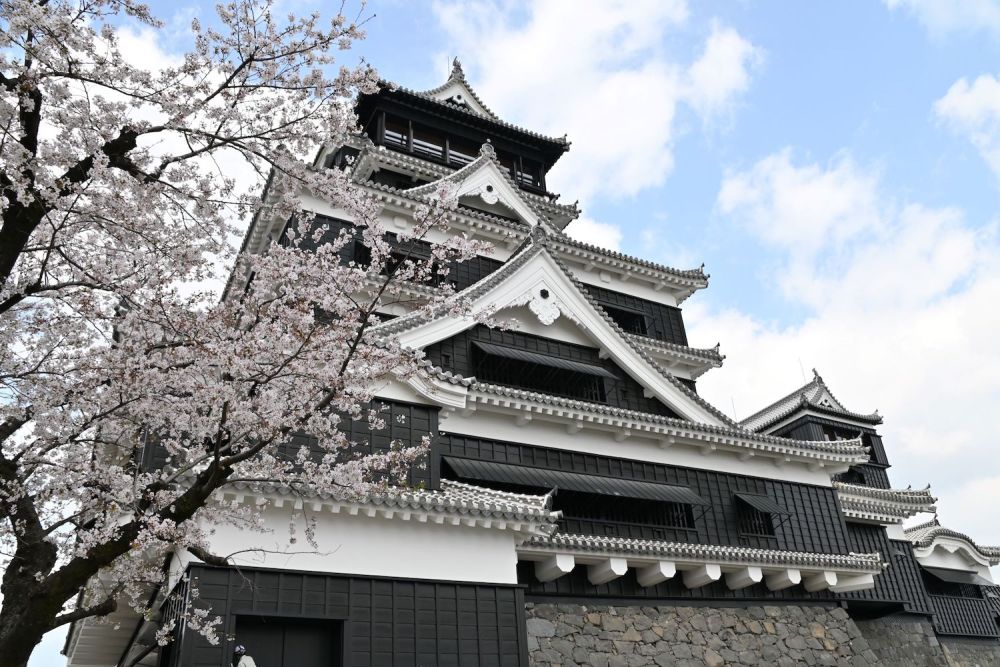

Kumamoto, located on the island of Kyushu in Japan, is a region steeped in historical significance and natural beauty. Renowned for its iconic Kumamoto Castle, which is considered one of the most impressive fortifications in Japan, the city has long been an attractive destination for history enthusiasts and culture seekers.
Tourism in Kumamoto began to flourish after the Meiji Restoration in 1868, when Japan opened its doors to the world and modernized its infrastructure. This period saw an increased interest in domestic travel among the Japanese, and the country's rich cultural heritage became more accessible to the masses.
The origin of Kumamoto's tourism can be traced to the early 20th century when rail networks expanded and brought travelers from far and wide. The opening of the Kyushu Railway in the 1890s greatly enhanced travel within the region and made Kumamoto a popular stop for those exploring Kyushu.
Post-World War II, Kumamoto's tourism industry saw a significant resurgence. The city's cultural landmarks, such as the 17th-century Kumamoto Castle and the traditional Suizen-ji Joju-en Garden, increasingly drew visitors. However, the sector was severely hit in April 2016, when a devastating earthquake caused extensive damage to some of its most famous attractions, including the Kumamoto Castle, which partly collapsed.
In response to this disaster, Kumamoto has engaged in thorough restoration and revitalization efforts. These initiatives have renewed interest in the city's heritage and have become part of its unique tourism narrative.
The latest trends in Kumamoto's tourism reflect a shift towards sustainable and experiential travel. Visitors are increasingly seeking out authentic experiences that allow them to immerse themselves in the local culture and traditions while minimizing their environmental footprint.
One key trend is the emphasis on agr-tourism, where travelers participate in farming and food production activities. Kumamoto is famous for its high-quality agricultural products, such as rice, fruits, and wagyu beef, which provide unique hands-on opportunities for tourists.
Wellness tourism is also gaining popularity, with visitors attracted to the region's natural hot springs, known as onsen. These thermal baths are celebrated for their health benefits and relaxation properties, and they offer a serene escape in Kumamoto's picturesque landscape.
Moreover, there has been a growth in cultural tourism, propelled by interest in traditional crafts and local festivals. Travelers are keen to experience Kumamoto's rich artistry, such as the intricate craft of Amakusa pottery, and participate in vibrant events like the Kumamoto Castle Festival.
In the digital age, smart tourism is another exciting development. Kumamoto has embraced digital transformation by implementing smart technologies that enhance the visitor experience. Interactive attractions, digital guides, and online reservations have made it easier for tourists to explore the region.